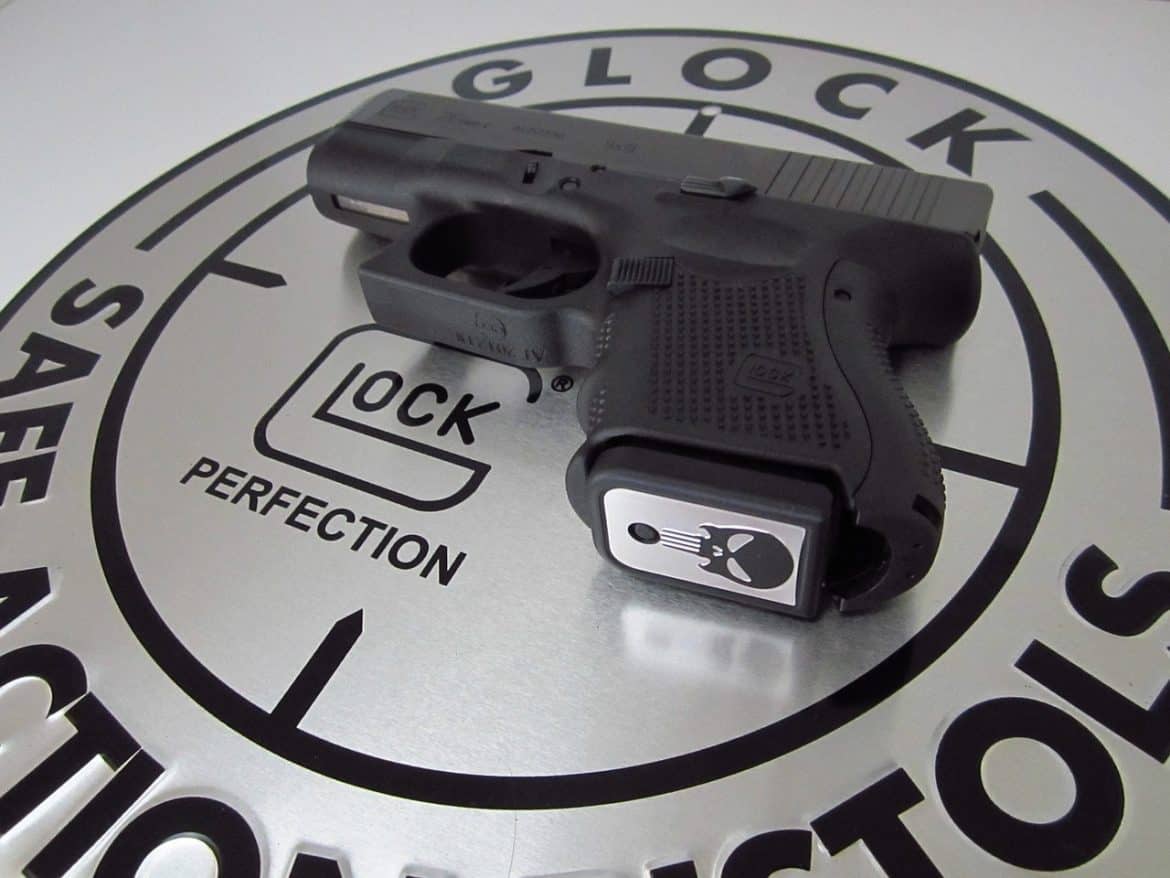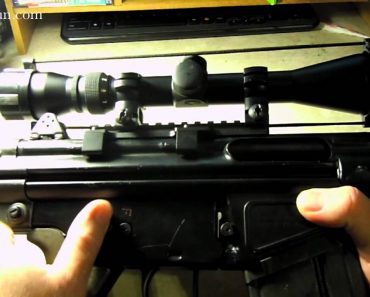Today I want to take a moment to show you how to make your own gun cleaning kit. If you care for your things, you surely want them to look good and last long. Your gun might be one of those timeless objects, but it requires quite a lot of attention. If you recently bought […]
Category: Gunsmithing | Cleaning
One Minute Glock Cleaning
It’s not the purpose of this article to show you to how to clean your Glock in under a minute. Rather it is to demonstrate that cleaning your pistol does not have to be a drawn out affair, and that in some cases (like lubrication) a little is better than a lot. You will need […]
How to Measure Bolt Protrusion on M91/30 Mosin Nagant
Be certain to check the firing pin protrusion using the screwdriver / protrusion tool found in the Mosin Nagant Cleaning kit. IMHO, if you do not have this tool, buying the entire cleaning kit is well worth the money. Some unscrupulous vendors have replica tools that are not to spec. Consequently, they do not accurately […]
How to Adjust Front Sight Windage on a CETME
I have done a lot of articles using my CETME rifle. For the longest time I could not figure out how to adjust Windage. Luckily I finally got smart enough to use the internet and quickly found out that the front sight covers both Windage AND Elevation. That blew my mind…. After reading a […]
Cheap CETME/G3 Scope Mount
I do not normally advocate mixing airsoft with “real” gun gear. However, on occasion it works if you know what you want. Just understand that airsoft accessories are not built as strongly as accessories build for actual guns. I would not use airsoft lasers or airsoft rated under barrel flashlights or optics because they […]





